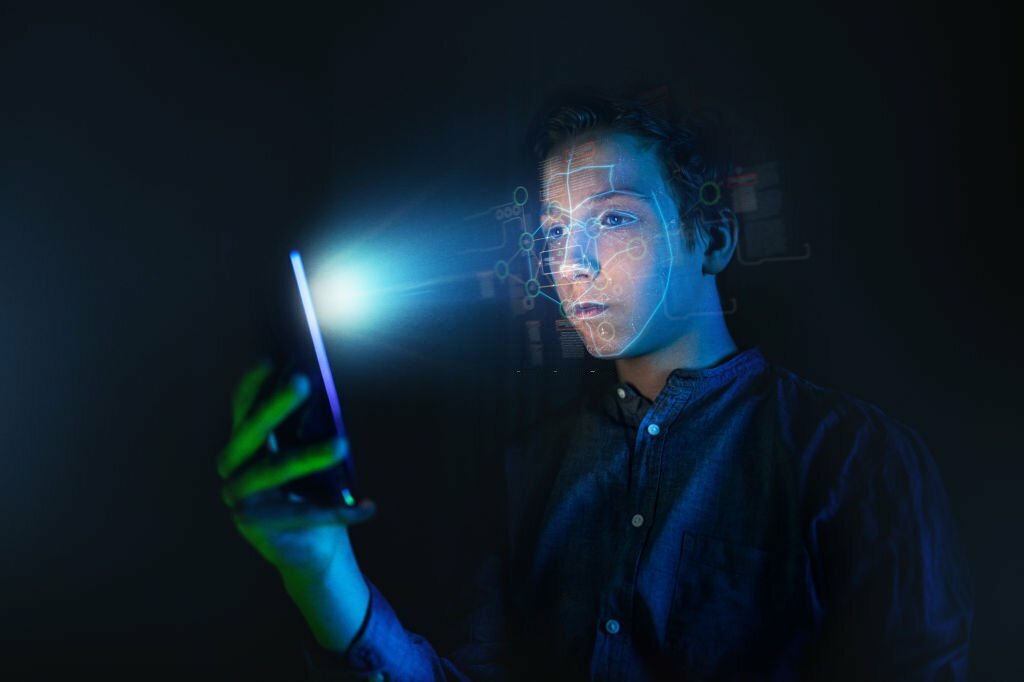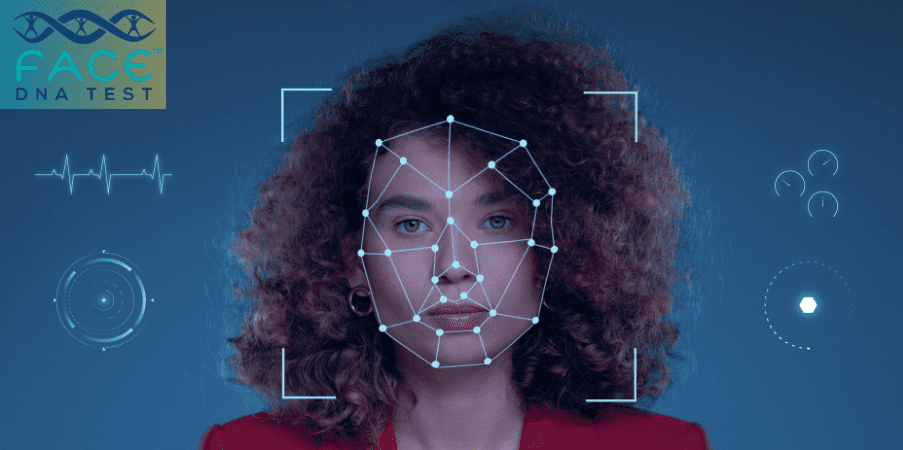Facial Recognition Technology has changed the way we live, work, and, most importantly, in cybersecurity, in the past couple of years. You can now access your devices, bank accounts, and mobile apps by simply scanning your face. This has become the most effective way to access your favourite apps, as evident from a survey that shows around 86% of participants prefer face recognition to log into their devices.
In the USA, over 131 million people use it every day, making it the most trusted tool in modern security systems. But what makes it so effective? Let’s explore its real-life applications, the pros and cons of 3D facial recognition, and how it has benefited modern security systems.
What is a Facial Recognition Technology?
A facial recognition system uses advanced computer systems and algorithms to identify unique facial features of an individual to recognise them. Initially, it was used for military and security purposes, but it soon gained popularity in the modern market for unlocking devices, as well as mobile and computer apps.
How does 3D facial recognition work?
It works by extracting the facial features from the image using advanced biometric technology.
- Firstly, a device with facial recognition technology captures an image of a user’s face.
- The advanced algorithms will then analyse key characteristics, such as the distance between the eyes, the structure of the cheekbones, and the shape of the lips, without focusing on the background.
- The face print created from these unique facial impressions is kept on a user’s device or in a secure internet database.
- The system takes a fresh picture of the user’s face and compares it to the saved template when authentication is necessary.
- The system allows access or verifies the user’s identification if the updated image matches the template that has been saved.
Moreover, these unique 3D face prints allow technology to compare them with individuals’ features already present in the database to identify an unknown person. Over time, facial recognition technology has become more accurate. Even identical twins can be distinguished from each other with a high degree of accuracy using facial recognition technologies.
Where is facial recognition mostly used?
The popularity of online facial recognition has grown in various fields. Let’s have a look.
Unlocking phones and online transactions
Many people use the face recognition feature to unlock their phone or an app without putting in a password or PIN. This will not only provide convenience but also ensure security that no unknown person can access your device. Moreover, this tech has enhanced secure online payments via mobile apps and minimizes the risk of fraud.
Airport security
Face recognition technology has improved airport security by speeding up the identification procedures. Additionally, this tech can help recognise the people who are blacklisted by the government trying to flee the country.
Locating missing persons
This face recognition can assist law enforcement in finding missing persons. It can be a person on the run, an elder with no memory, or a lost child. The software will recognise the unique facial features from the photos on the missing person report and use the road cameras to look for an identical match.
What are the benefits of a facial recognition system?
- Improved security
You can forget a password or a PIN, but facial features are unique and are stored on your device. Moreover, anyone can hack your password, but imitating a person’s facial prints is challenging, minimising the risk of cyber-attacks on your social apps and devices.
- Convenience and efficiency
Using a quick facial scan to unlock your device is a quick and convenient way compared to putting in patterns or passwords.
- Less crime
Utilising facial features to identify individuals has enhanced fraud prevention not only in retail but also in online payments and transactions. With advanced security measures, your data is safe because it does not rely on passwords, and only authorised persons are allowed to use the online banking system.
Disadvantages of Face Recognition
Although facial recognition offers various advantages in modern security systems, people still have some concerns about the limitations of this technology.
- Privacy concerns
People often wonder how their facial data is collected, stored, and used, which raises significant concerns about privacy. Therefore, strict security protocols and advanced encryption are crucial for safeguarding data from breaches.
- Security risks
Even with enhanced security, cyberattackers can still misuse technology to compromise your privacy, and if this happens, they will be able to change passwords or hack your devices. However, with multi-step verification and an advanced facial recognition system, security breaches can be minimised efficiently.
- Errors
Even though this technology is advancing continuously, there is still a risk of minor errors that can lead to consequences.
Discover True Identity with Face Recognition DNA Tests.
Get Accurate Answers With Our Face Recognition DNA Test!.
-
- Accurate
- Quick Result
- Private and Secure
- Affordable

Final words
The benefits of the facial recognition system in modern security systems are undeniable. This has made verifying individuals fast and accurate. Although there are some privacy and security concerns, with advancements, this system is becoming more reliable and secure day by day. At Face DNA Test, we offer secure solutions with advanced facial recognition technology without compromising privacy. Face recognition is continuously thriving every day, helping businesses and improving modern security.

